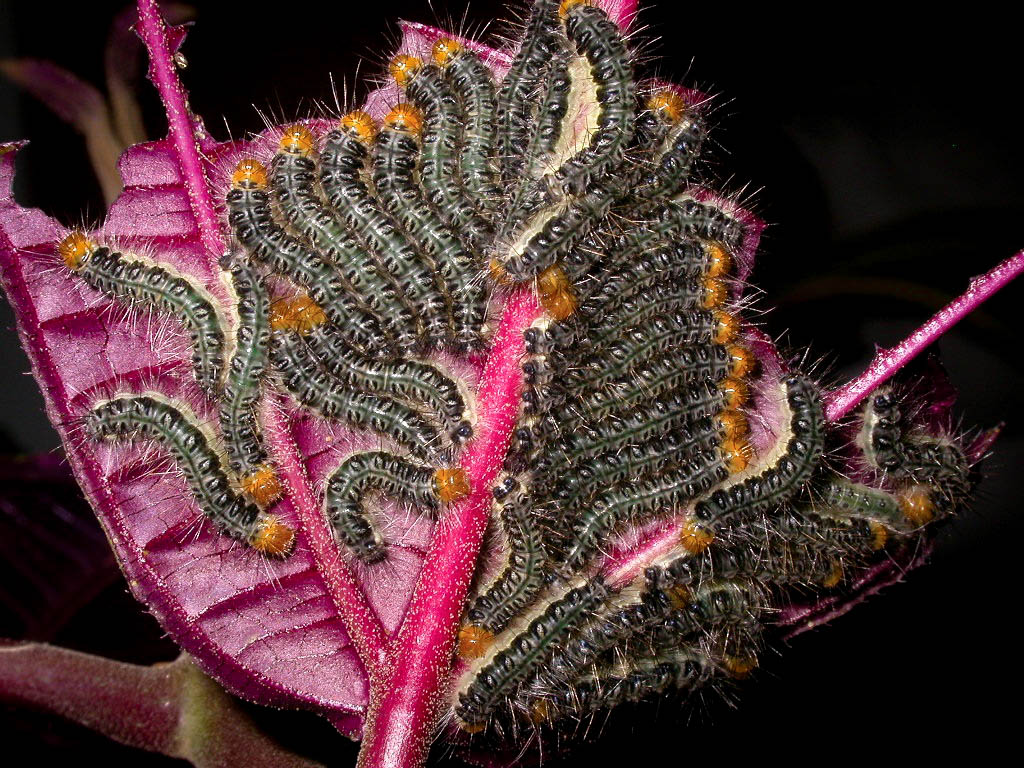Living creatures can be grouped as specialists or generalists based on their strategies for finding food and habitat: generalists thrive…
Read More
biocontrol
Tiny golden butterfly could help halt miconia invasion
A tiny butterfly could soon help conservation crews address miconia.
Natural enemies could tame invasive Himalayan ginger
The subtropical rainforests in the foothills of the Himalayan Mountains are amazingly diverse. In sections of India and Nepal, the…
Read More
Natural enemies could tame invasive Himalayan ginger
The subtropical rainforests in the foothills of the Himalayan Mountains are amazingly diverse. In sections of India and Nepal, the…
Read More
A possible solution for the weedy tibouchina
Tucked away in the rain and fog of the West Maui mountains are uniquely Hawaiian treasures: high-elevation bogs carpeted…
Read More





